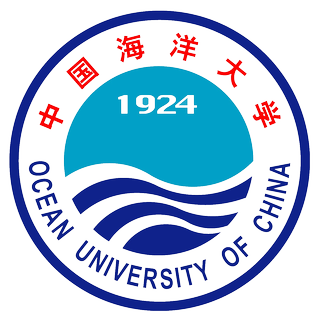Pacific Atmospheric Teleconnections in a wArming Climate (PATAC)
Motivation
In the past decades, substantial progress has been made in understanding the impact of atmospheric teleconnections associated with the tropical Pacific variability, like El Niño and La Niña, on regional climate. However, there remains a knowledge gap regarding the processes by which large-scale circulation influences weather patterns and extreme events, and how these processes have changed and are projected to change in a warming climate. To bridge this gap, the Pacific Atmospheric Teleconnections in a wArming Climate (PATAC) working group was created. The working group, hosted by the CLIVAR Pacific Regional Panel, aims to consolidate current knowledge of atmospheric teleconnections and enhance our understanding of their potential changes in a warming future. The group will investigate interactions across spatial-time scales, ranging from large-scale interannual variability to regional synoptic patterns and extremes with societal impacts. Our focus will be on the mechanisms of atmospheric teleconnections associated with Pacific variability and their effects over land through extreme events such as heatwaves, floods, and droughts. We aim to work collaboratively with the Tropical Basin Interaction Research Focus (TBI RF), other working groups (e.g. TROPICS, ENSO Metrics) and Panels (e.g. Climate Dynamics Panel) to leverage their expertise and share our knowledge.
Terms of reference
1. Synthesise the current knowledge of tropical Pacific atmospheric teleconnections; identify their associated impacts of societal importance, including extreme events like heatwaves, floods, and droughts; and investigate their potential changes in a warming future.
2. To review the existing literature on the physical mechanisms driving Pacific atmospheric teleconnections and their relative importance on the present climate, and how these are projected to change in a warmer future. Teleconnections between ocean basins are out of scope.
3. Evaluate the ability of coupled climate models to accurately represent each of these mechanisms.
4. Identify gaps in the knowledge of tropical Pacific atmospheric teleconnections and future projections to provide recommendations for future scientific research (not limited to physical mechanisms, but including model development, improved temporal and spatial data collection, among others).
5. Collaborate with other CLIVAR panels and working groups (e.g., Climate Dynamics Panel, TROPICS, and ENSO METRICS working groups) to define key metrics for diagnosing ENSO teleconnections.
6. Disseminate the findings of the working group through at least one peer-reviewed paper, conference sessions and presentations, seminar talks and/or organised schools, and via the PRP annual report.
7. Inform the PRP members of the progress on activities of the working group and other CLIVAR groups when needed.
8. The working group will primarily meet online, but in-person meetings are encouraged when feasible and may be coordinated with other CLIVAR Panel meetings or conferences.
Working Group Members
| Name | Affiliation | Country |
| Samantha Stevenson (co-chair) | University of California Santa Barbara | USA |
| Andrea Taschetto (co-chair) | University of New South Wales | Australia |
| Jonathan Beverley | University of Colorado | USA |
| Antonietta Capotondi | NOAA Physical Sciences Laboratory | USA |
| Nathaniel Johnson | NOAA | USA |
| Cristian Martinez Villalobos | Universidad Adolfo Ibáñez | Chile |
| Shayne McGregor | Monash University | Australia |
| Mike McPhaden | NOAA PMEL | USA |
| Ivonne Montes | Geophysics institute of Peru | Peru |
| Yuko Okumura | University of Texas at Austin | USA |
| Yann Planton | Monash University | Australia |
| Satyaban Ratna | India Meteorological Department | India |
| Ingo Richter | JAMSTEC | Japan |
| Belén Rodriguez-Fonseca | Complutense University of Madrid | Spain |
| Dhrubajyoti Samanta | Nanyang Technological University | Singapore |
| Malte Stuecker | University of Hawaiʻi at Mānoa | USA |
| Sharmila Sur | Bureau of Meteorology | Australia |
| Peter van Rensch | Monash University | Australia |
| Chunzai Wang | South China Sea Institute of Oceanology | China |
| Sayaka Yasunaka | Tohoku University | Japan |
| Sang-Wook Yeh | Hanyang University | Rep. Korea |
| Lei Zhang | South China Sea Institute of Oceanology | China |














Add new comment